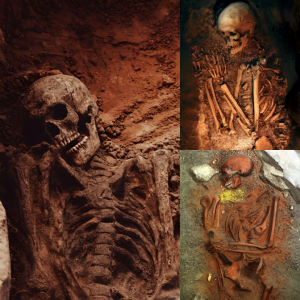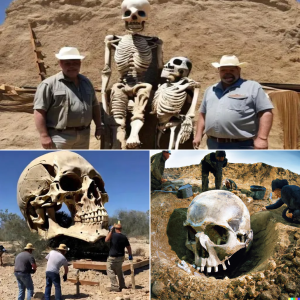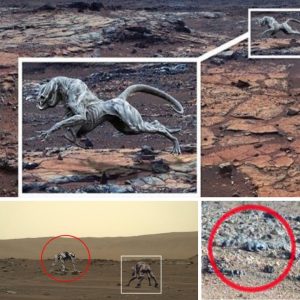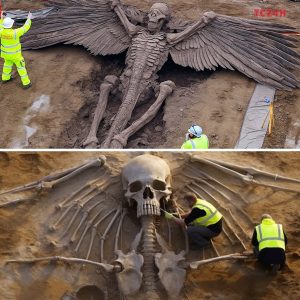When Ötzi the Iceman was ambushed and killed about 5,300 years ago in the Alps, he may have been balding and getting fat, a new study suggests.
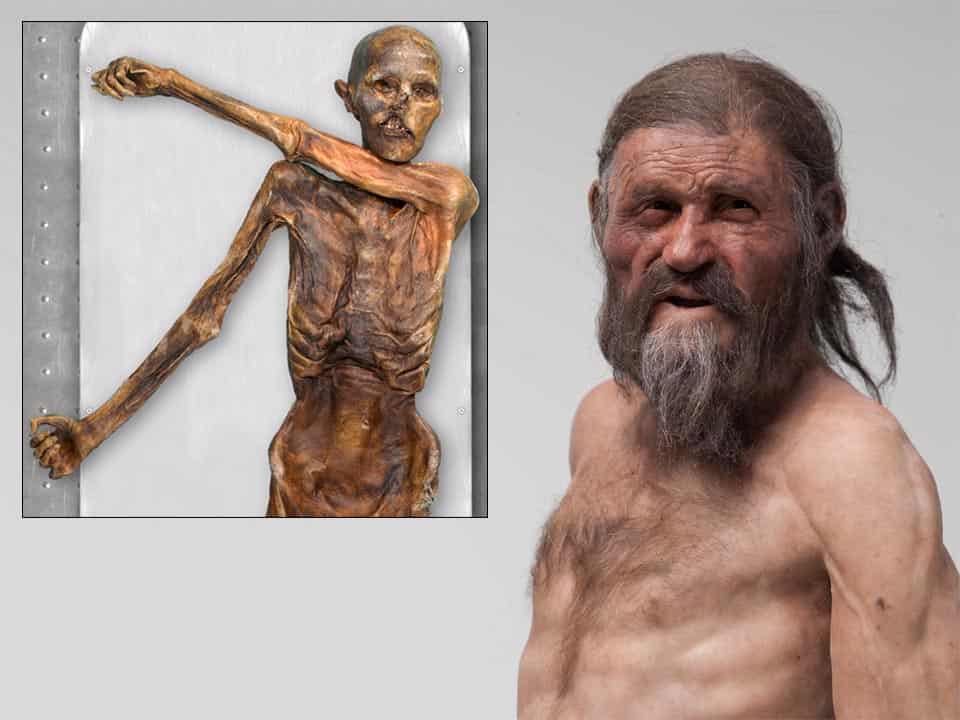
Ötzi has been famous ever since German tourists discovered his mummified body in 1991 in an Alpine pass in northern Italy. The latest study is one of many to investigate the prehistoric man, including the tools and weapons he carried, his clothes, his last meal, what the climate was like during his lifetime, and the route of his final journey before his high-altitude murder.
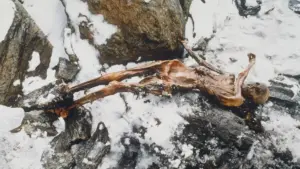 In the new study, researchers studied DNA preserved in Ötzi’s left ilium — part of his pelvis, which also underwent a genetic analysis in 2012 — and determined that Ötzi, who died in his mid-40s, had a predisposition to male-pattern baldness, diabetes and obesity.
In the new study, researchers studied DNA preserved in Ötzi’s left ilium — part of his pelvis, which also underwent a genetic analysis in 2012 — and determined that Ötzi, who died in his mid-40s, had a predisposition to male-pattern baldness, diabetes and obesity.
The findings also reveal that Ötzi largely descended from the latest wave of immigrants to Europe from Anatolia — modern Turkey — who brought early farming techniques to the continent about 8,000 years ago.
The DNA analysis also indicates that Ötzi had darker skin than previously thought and would have had dark hair — before he started going bald, at least.
Iceman genome
The new study, published Wednesday (Aug. 16) in the journal Cell Genomics, is a revision of the 2012 study by a different group of scientists; genetic tests were complex and costly at that time, and the latest researchers have determined that the earlier samples were significantly contaminated with modern DNA.

The team sampled the same iliac bone, but they used updated genetic techniques to generate a more thorough sequence of Ötzi’s genome. They then applied what has been learned about genetics over the past 10 years.
The results show that Ötzi probably looked different than many people thought.
“Ötzi might have had relatively dark skin and a risk of male-pattern baldness,” study lead author Ke Wang, an archaeogeneticist at the Max Planck Institute for Evolutionary Anthropology in Leipzig, Germany, told Live Science.
The findings are contrary to previous assumptions about Ötzi’s appearance; he is often portrayed as looking like a light-skinned European with long fair hair. But “the new findings fit better with the actual appearance of the mummy,” Wang said in an email.
Study co-author Albert Zink, a palaeoanthropologist and the director of Italy’s Institute for Mummy Studies, noted some of the portrayals should be updated. “It’s not urgent, because these are always just an interpretation,” he told Live Science. “But in the future they should consider making his skin and hair darker.”
Ötzi’s genetics also reveal surprising details about his ancestry. Earlier research suggested he may have been related to modern Sardinians, but the new analysis shows he had an unusually high level of ancestry from early Anatolian farmers.
These results suggest that Ötzi came from an isolated Alpine population that seldom interbred with other hunter-gatherer groups, Zink said.
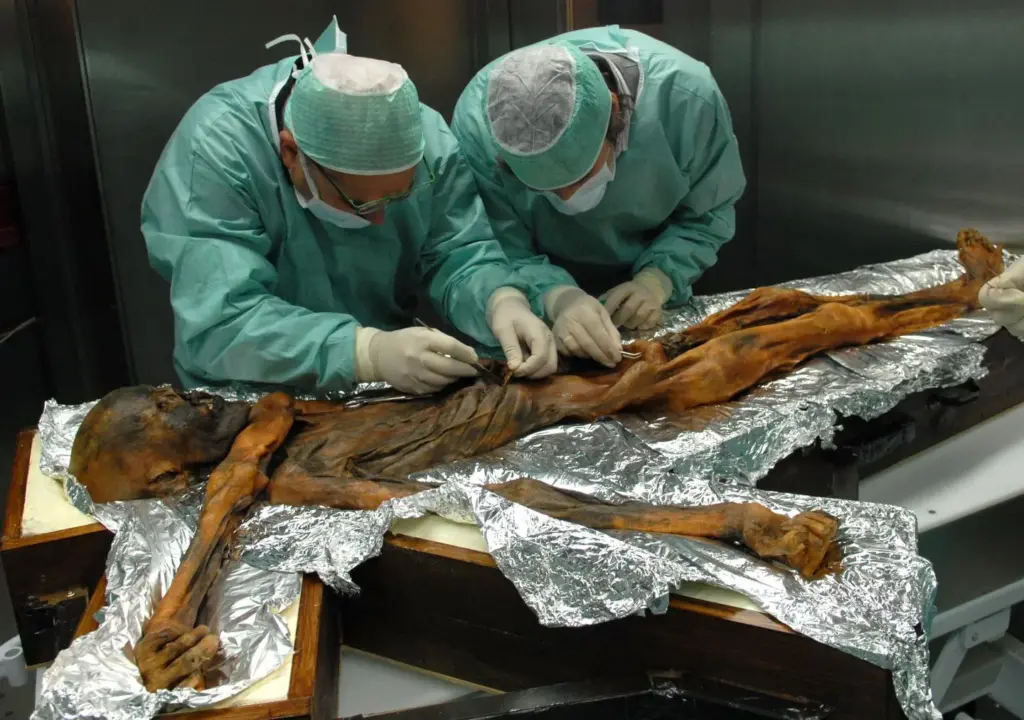
Ötzi reconsidered
The latest study is not the first to reassess who Ötzi was and how he died; an archaeological study last year determined that he probably died somewhere away from the gully where he was found and that his body had been carried there by the subsequent movements of the ice.
Lars Pilø, an archaeologist with the Secrets of the Ice project who led that research but was not involved in the latest study, told Live Science that the latest study resolved the lingering question about whether the skin of Ötzi’s mummy was his natural hue. (It was.)

However, Pilø didn’t completely agree about Ötzi’s baldness. Although Ötzi may have been genetically predisposed to going bald, the hairlessness of his mummy was probably the result of the preservation process, he said.
“Ötzi the Iceman keeps having new surprises in store for us, which is remarkable as he must be the most investigated archaeological find ever,” Pilø said.

